| This article is part of a series on the |
| Politics of India |
|---|
 |
|
|
This is a list of the heads of state of India, from 1876 to the present day. The current head of state of India is Droupadi Murmu, elected in 2022 after being nominated by the National Democratic Alliance and its leading party the Bharatiya Janata Party, the largest party in the parliament and the party led by Prime Minister Narendra Modi.
From 1947 to 1950, the head of state under the Indian Independence Act 1947 was King of India,[1][2] who was also the monarch of the United Kingdom and of the other Dominions of the British Commonwealth. The monarch was represented in India by a governor-general. India became a republic under the Constitution of 1950 and the monarch and governor-general were replaced by a ceremonial president.
Emperor of India (1876–1947)
In 1876, Victoria, Queen of the United Kingdom, was granted the title of Empress of India by the Royal Titles Act, 1876.[3] On January 1, 1877, Victoria was crowned Empress of India in the Delhi Durbar in a ceremony attended by various Indian Governors, Princes, Generals and other high officials and the Indian Governor-General, Lord Lytton. Successive British monarchs, Edward VII, George V, Edward VIII and George VI also held the title, and George VI, who was the last Emperor of India, succeeded as the King of India in 15 August 1947.
| Portrait | Name | Birth | Reign | Death | Consort | Imperial Durbar | Royal House |
|---|---|---|---|---|---|---|---|
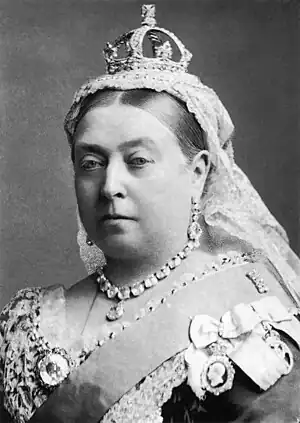 |
Victoria | 24 May 1819 | 1 May 1876 – 22 January 1901 | 22 January 1901 | None[lower-alpha 1] | 1 January 1877 (represented by Lord Lytton) |
Hanover |
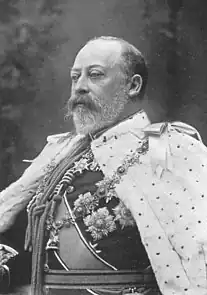 |
Edward VII | 9 November 1841 | 22 January 1901 – 6 May 1910 | 6 May 1910 | 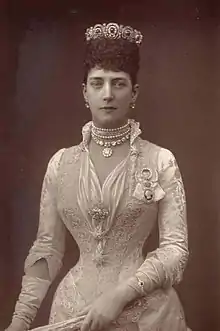
|
1 January 1903 (represented by Lord Curzon) |
Saxe-Coburg and Gotha |
.jpg.webp) |
George V | 3 June 1865 | 6 May 1910 – 20 January 1936 | 20 January 1936 | 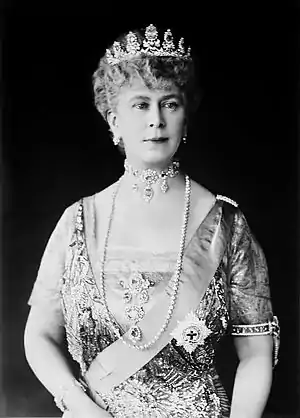
|
12 December 1911 | Saxe-Coburg and Gotha (1910–1917) Windsor (1917–1936) |
.jpg.webp) |
Edward VIII | 23 June 1894 | 20 January 1936 – 11 December 1936 | 28 May 1972 | None | None[lower-alpha 2] | Windsor |
.jpg.webp) |
George VI | 14 December 1895 | 11 December 1936 – 15 August 1947 | 6 February 1952 | 
|
None[lower-alpha 3] | Windsor |
Governor-General
Monarch of India (1947–1950)
The succession to the throne was the same as the succession to the British throne.
| King of India | |
|---|---|
.svg.png.webp) Emblem of the Union of India | |
.jpg.webp) | |
| Details | |
| Style | His Majesty |
| First monarch | George VI as successor of the Emperor of India |
| Last monarch | George VI |
| Formation | 15 August 1947 |
| Abolition | 26 January 1950 |
| Appointer | Hereditary |
| No. | Portrait | Monarch (Birth–Death) |
Reign | Royal House | Prime Minister | Governor General | |
|---|---|---|---|---|---|---|---|
| Reign start | Reign end | ||||||
| 1 | 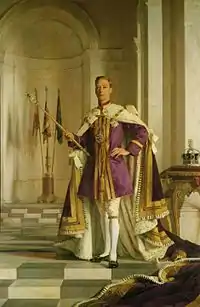 |
George VI (1895–1952) |
15 August 1947 | 26 January 1950 | Windsor | Nehru | Mountbatten (1947–1948) |
| Rajagopalachari (1948–1950) | |||||||
Governor-General
The Governor-General was the representative of the Monarch in India and exercised most of the powers of the Monarch. The Governor-General was appointed for an indefinite term, serving at the pleasure of the Monarch. After the passage of the Statute of Westminster 1931, the Governor-General was appointed solely on the advice of the Cabinet of India without the involvement of the British government. In the event of a vacancy the Chief Justice served as Officer Administering the Government.
| No. | Portrait | Governor-General (Birth–Death) |
Tenure | Prime Minister | ||
|---|---|---|---|---|---|---|
| Took office | Left office | |||||
| 1 | 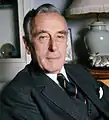 |
The Rt. Hon. The Earl Mountbatten of Burma (1900–1979) |
15 August 1947 | 21 June 1948 | Jawaharlal Nehru | |
| 2 | 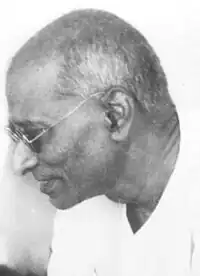 |
Chakravarti Rajagopalachari (1878–1972) |
21 June 1948 | 26 January 1950 | ||
President of India (1950–present)
Under the Constitution, of the Republic of India, the president replaced the monarch as ceremonial head of state. The president is elected by the Electoral College for a five-year term. In the event of a vacancy, the vice president serves as acting president.
- Status
| No. | Portrait | President (Birth–Death) |
Elected | Tenure | Political affiliation (at time of appointment) |
Prime Minister | ||
|---|---|---|---|---|---|---|---|---|
| Took office | Left office | |||||||
| 1 |  |
Rajendra Prasad (1884–1963) |
1952 1957 |
26 January 1950 | 13 May 1962 | Indian National Congress | Nehru | |
| 2 |  |
Sir Sarvepalli Radhakrishnan (1888–1975) |
1962 | 13 May 1962 | 13 May 1967 | Independent | Nehru Nanda Shastri Nanda I. Gandhi | |
| 3 | 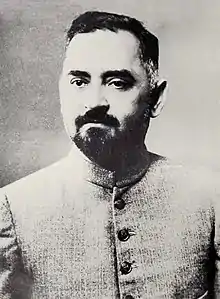 |
Zakir Husain (1897–1969) |
1967 | 13 May 1967 | 3 May 1969 (died in office.) |
Independent | I. Gandhi | |
| – | 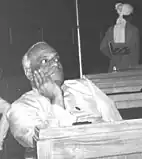 |
V. V. Giri (1894–1980) |
– | 3 May 1969 | 20 July 1969 | Independent | I. Gandhi | |
| – | 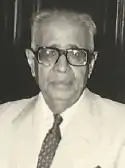 |
Mohammad Hidayatullah (1905–1992) |
– | 20 July 1969 | 24 August 1969 | [6] | I. Gandhi | |
| 4 |  |
V. V. Giri (1894–1980) |
1969 | 24 August 1969 | 24 August 1974 | Independent | I. Gandhi | |
| 5 | .jpg.webp) |
Fakhruddin Ali Ahmed (1905–1977) |
1974 | 24 August 1974 | 11 February 1977 (died in office.) |
Indian National Congress | I. Gandhi | |
| – |  |
Basappa Danappa Jatti (1912–2002) |
– | 11 February 1977 | 25 July 1977 | Indian National Congress | I. Gandhi Desai | |
| 6 | 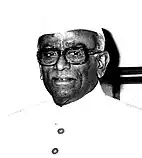 |
Neelam Sanjiva Reddy (1913–1996) |
1977 | 25 July 1977 | 25 July 1982 | Janata Party | Desai C. Singh I. Gandhi | |
| 7 | .png.webp) |
Giani Zail Singh (1916–1994) |
1982 | 25 July 1982 | 25 July 1987 | Indian National Congress | I. Gandhi R. Gandhi | |
| 8 | 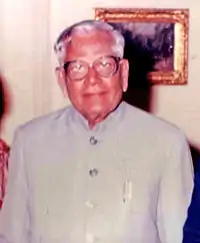 |
R. Venkataraman (1910–2009) |
1987 | 25 July 1987 | 25 July 1992 | Indian National Congress | R. Gandhi V. P. Singh Shekhar Rao | |
| 9 | 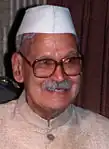 |
Shankar Dayal Sharma (1918–1999) |
1992 | 25 July 1992 | 25 July 1997 | Indian National Congress | Rao Vajpayee Deve Gowda Gujral | |
| 10 | 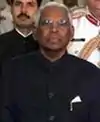 |
K. R. Narayanan (1920–2005) |
1997 | 25 July 1997 | 25 July 2002 | Indian National Congress | Gujral Vajpayee | |
| 11 | 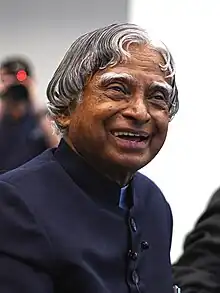 |
A. P. J. Abdul Kalam (1931–2015) |
2002 | 25 July 2002 | 25 July 2007 | Independent | Vajpayee M. Singh | |
| 12 | 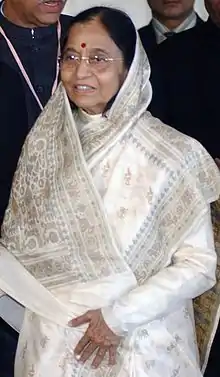 |
Pratibha Patil (born 1934) |
2007 | 25 July 2007 | 25 July 2012 | Indian National Congress | M. Singh | |
| 13 | 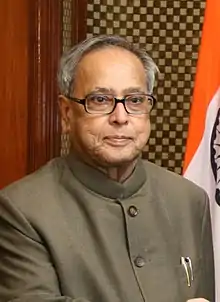 |
Pranab Mukherjee (1935–2020) |
2012 | 25 July 2012 | 25 July 2017 | Indian National Congress | M. Singh Modi | |
| 14 | 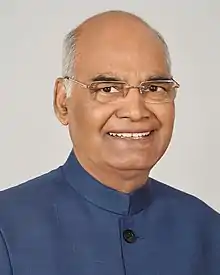 |
Ram Nath Kovind (born 1945) |
2017 | 25 July 2017 | 25 July 2022 | Bharatiya Janata Party | Modi | |
| 15 | .jpg.webp) |
Droupadi Murmu (born 1958) |
2022 | 25 July 2022 | Incumbent | Bharatiya Janata Party | Modi | |
Standards
.svg.png.webp) Governor-General's Standard (1885–1947)
Governor-General's Standard (1885–1947).svg.png.webp) Governor-General's Standard (1947–1950)
Governor-General's Standard (1947–1950).svg.png.webp) Presidential Standard (1950–1971)
Presidential Standard (1950–1971)
Living former heads of state
| Image | Name | Term/reign | Office | Date of birth |
|---|---|---|---|---|
 |
Pratibha Patil | 2007–2012 | President of India | 19 December 1934 |
 |
Ram Nath Kovind | 2017–2022 | President of India | 1 October 1945 |
Notes
- ↑ Victoria's husband Prince Albert died on 14 December 1861.
- ↑ Edward VIII abdicated after less than one year of reign.
- ↑ A durbar was deemed expensive and impractical due to poverty and demands for independence.[4]
- ↑ The Lord Ampthill was acting Governor-General in 1904
References
- ↑ The Contemporary Commonwealth: An Assessment 1965-2009, Taylor & Francis, 2009, p. 22, ISBN 9781135238308,
On independence in 1947, George VI became 'King of India' until the adoption of republican status in 1950.
- ↑ Jawaharlal Nehru (1991), Selected Works of Jawaharlal Nehru: 21 June to 15 August 1949, Jawaharlal Nehru Memorial Fund, p. 363,
King George was in effect King of India and it was as such that he functioned as the Head of the Indian State. He did not function in India as the King of England.
- ↑ "No. 38330". The London Gazette. 22 June 1948. p. 3647. Royal Proclamation of 22 June 1948, made in accordance with the Indian Independence Act 1947, 10 & 11 GEO. 6. CH. 30.('Section 7: ...(2)The assent of the Parliament of the United Kingdom is hereby given to the omission from the Royal Style and Titles of the words " Indiae Imperator " and the words " Emperor of India " and to the issue by His Majesty for that purpose of His Royal Proclamation under the Great Seal of the Realm.'). According to this Royal Proclamation, the King retained the style and titles 'George VI by the Grace of God, of Great Britain, Ireland and the British Dominions beyond the Seas King, Defender of the Faith'
- ↑ Vickers, Hugo (2006), Elizabeth: The Queen Mother, Arrow Books/Random House, p. 175, ISBN 978-0-09-947662-7
- ↑ "Thesis submitted for the degree of Doctor of Philosophy in the University of London by PIAREA LAL MALHOTRA" (PDF).
- ↑ Was Chief Justice of India
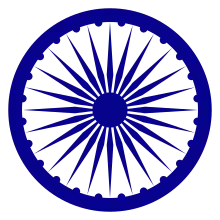


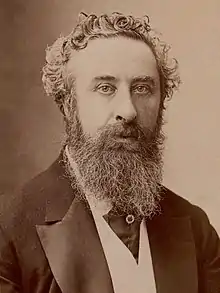
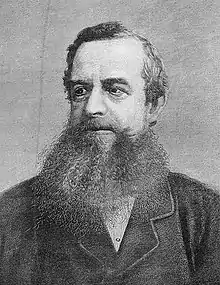
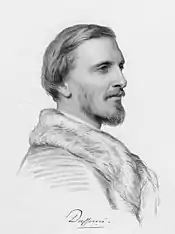

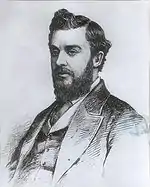
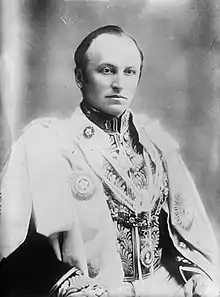
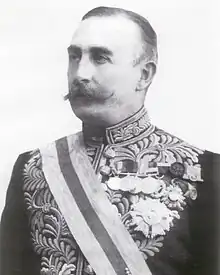

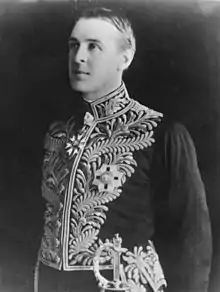
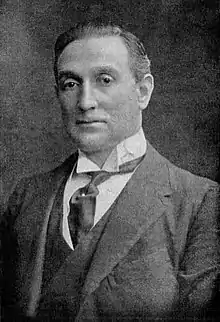
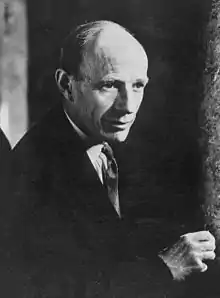

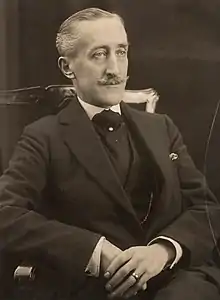

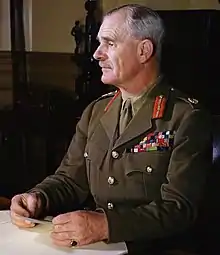
.jpg.webp)